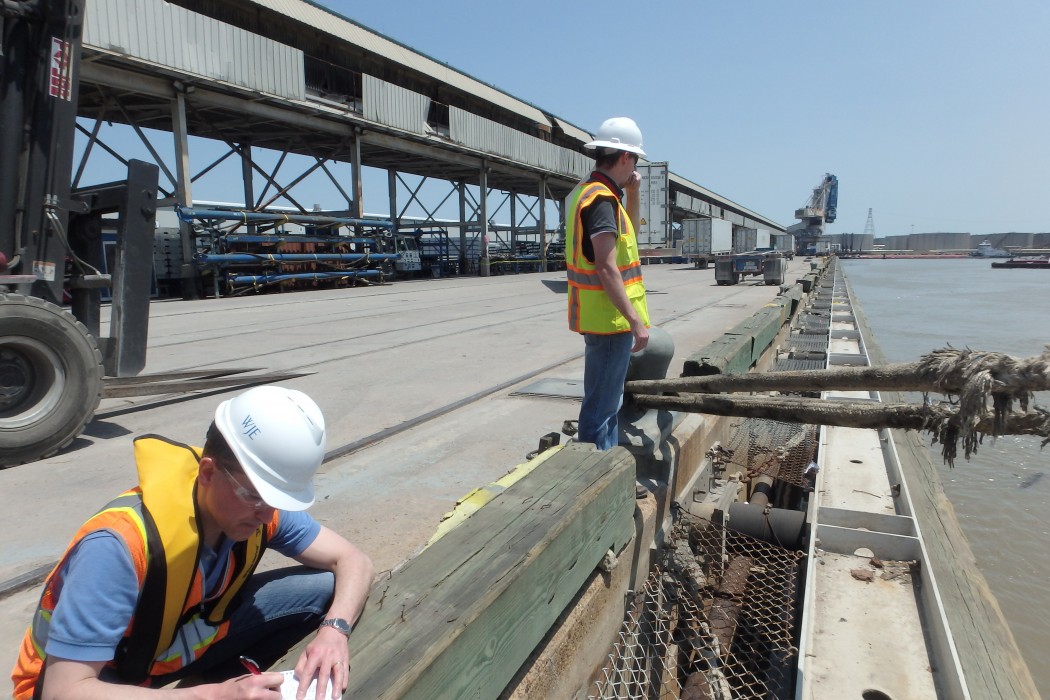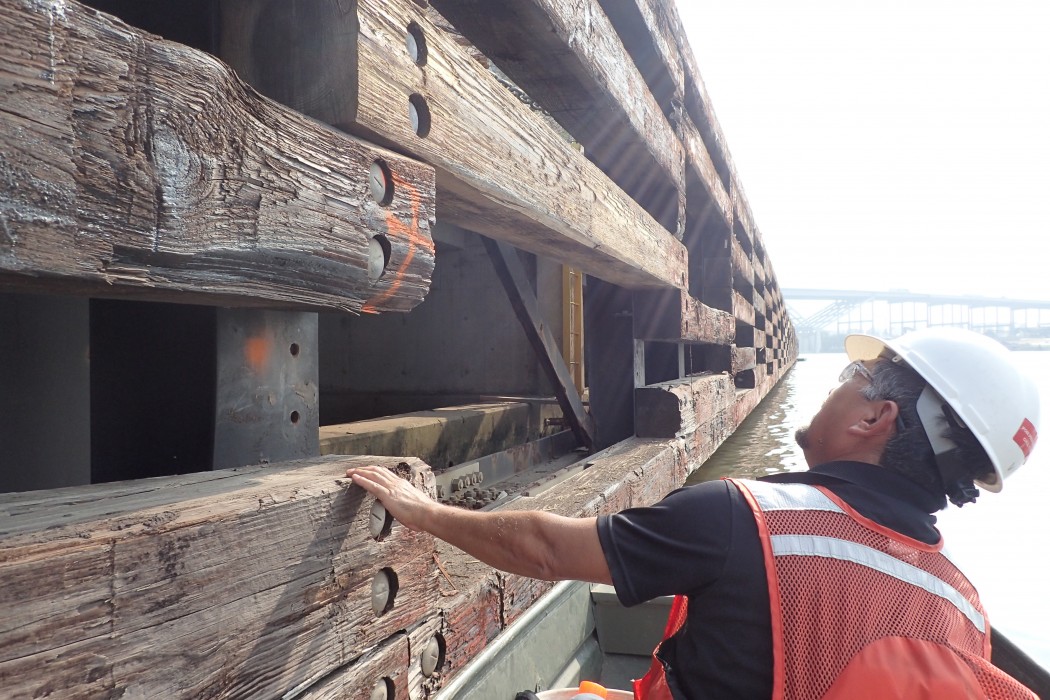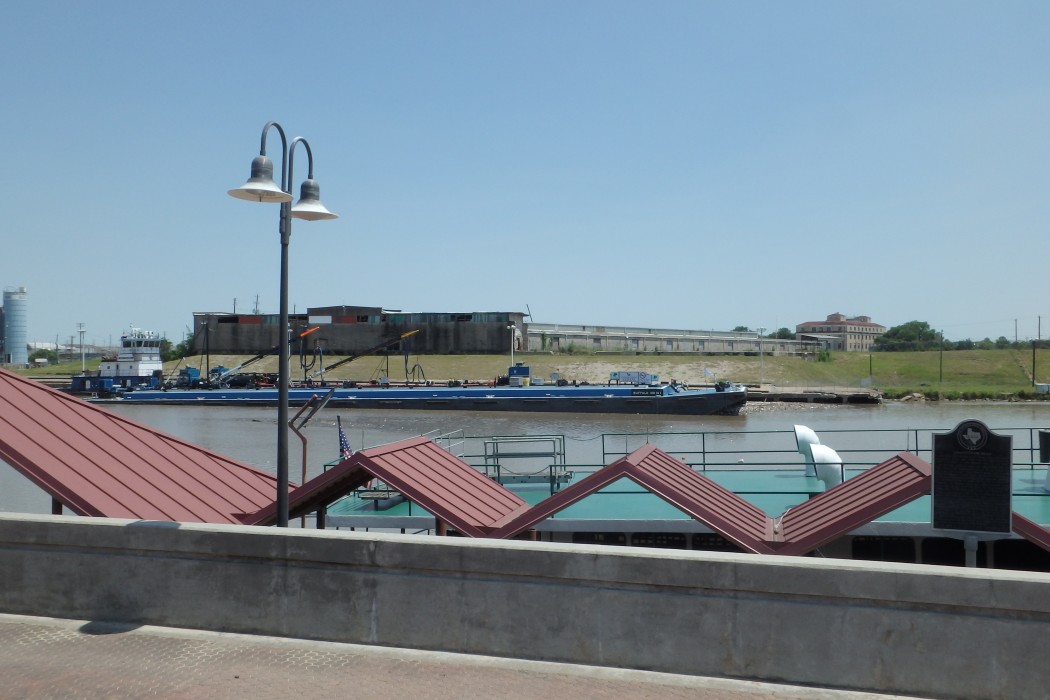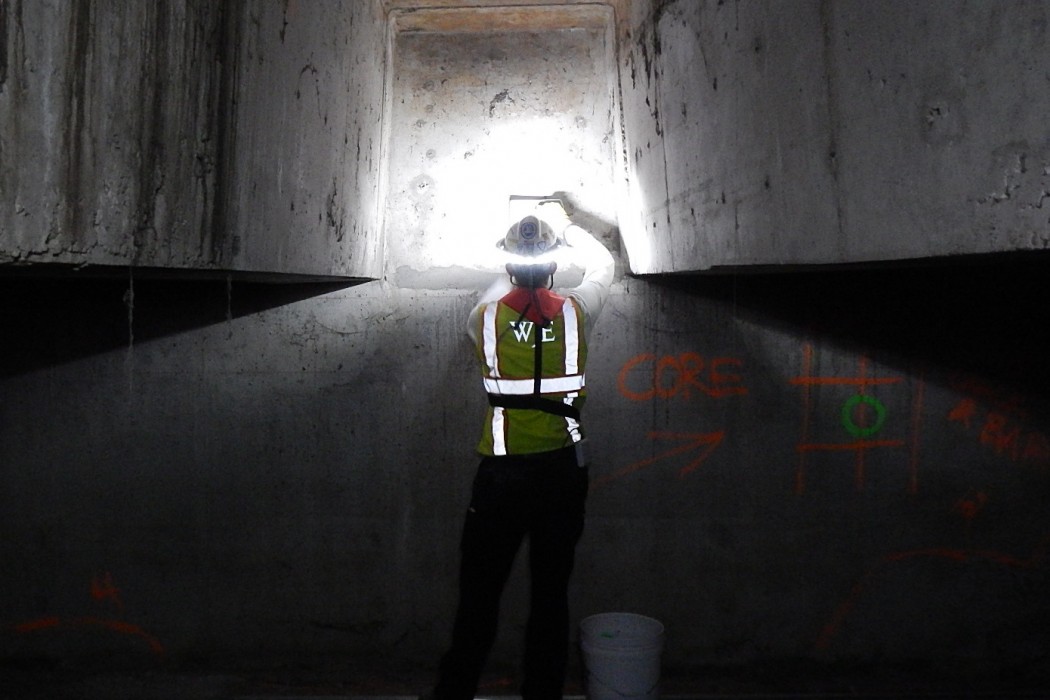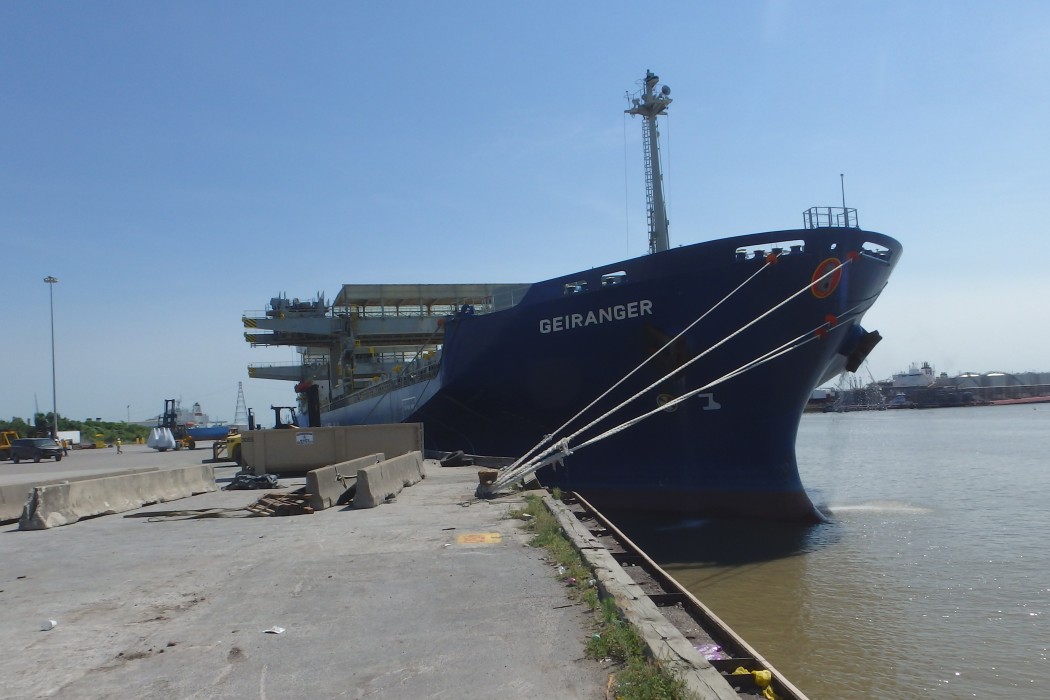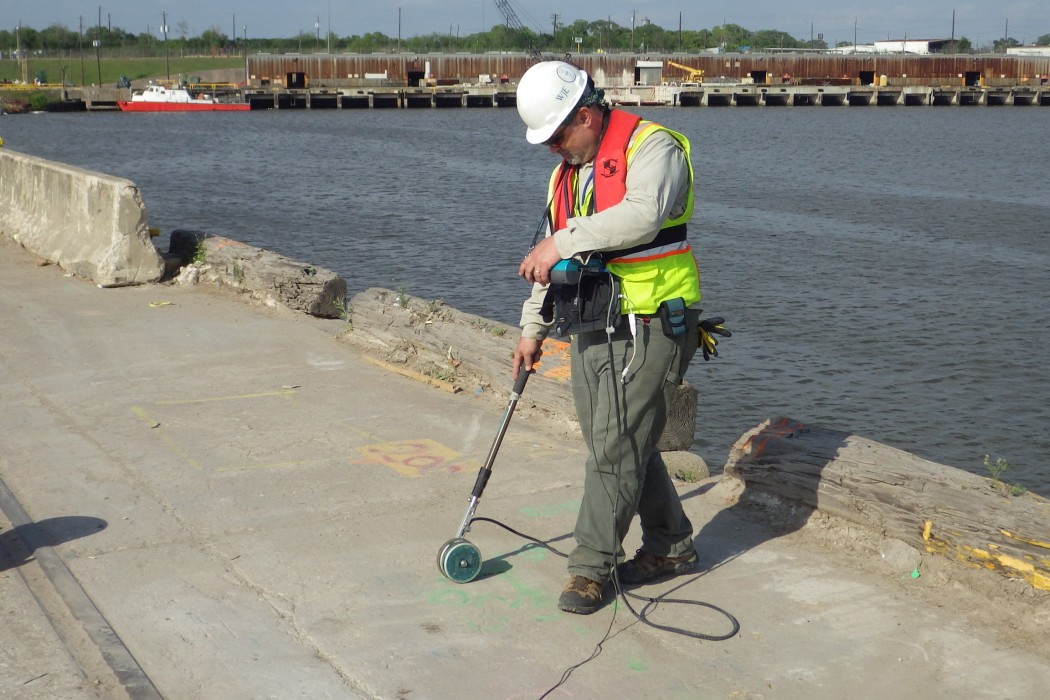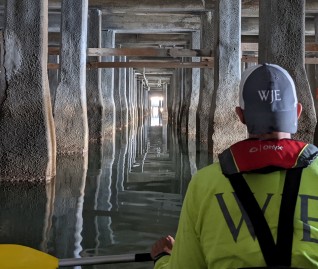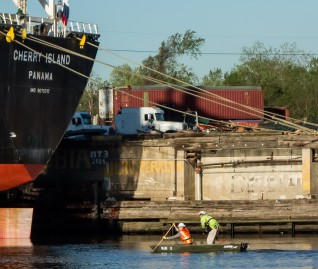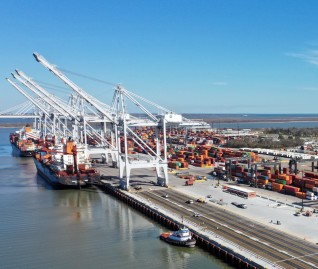WJE PROJECTS
Port Houston FICAP
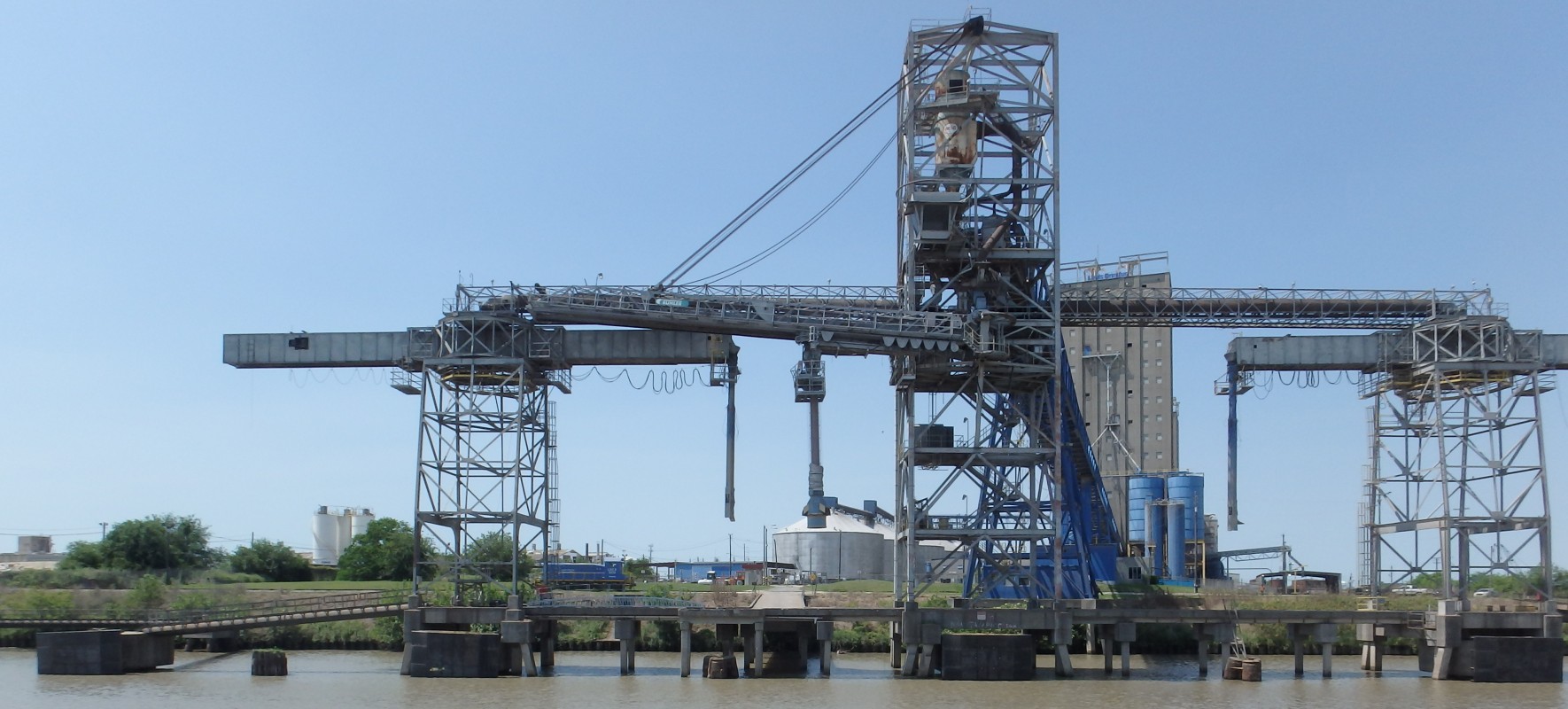

CLIENT |
Port Houston (PH) |
LOCATION |
Houston, TX |
Inspection Manual Development and Trial Implementation
PH assets range in age from just a few years to more than 100 years old and have been constructed with a range of structural systems and materials. PH realized that a consistent and holistic approach was needed to collect and report the condition of these varied assets to provide the information necessary for capital and maintenance planning.
BACKGROUND
PH is a 25-mile-long complex of more than 150 private and public industrial terminals along the 52-mile-long Houston Ship Channel. PH’s maritime assets consist of cargo wharves, barge landing areas, small boat docks (fireboats and tour boats), bulkheads (unassociated with docks), protected and unprotected shorelines, and one vehicular bridge.
SOLUTION
In 2016, at the request of PH, WJE developed a maritime Facilities Inspection and Condition Assessment Program (FICAP). The program was based on the best principles of ASCE 130 - Waterfront Facilities Inspection and Assessment, and the Federal Highway Administration’s National Bridge Inspection program. The FICAP program includes above-water and underwater inspections of the PH’s maritime assets. FICAP is an elemental inspection that provides a deep level of granularity and allows for owners to address isolated areas of distress or deterioration.
FICAP was built with a hierarchical approach in mind so that the wealth of information collected by baseline and routine inspections can be analyzed for trends in performance and assist with judging where capital investments or repairs are most needed. We developed a database schema for the FICAP program and, together with the PH’s GIS consultant, implemented this database.
We have performed forty-three baseline inspections and twenty-seven routine inspections to date of PH’s various assets. All inspections were documented using Plannotate.



































